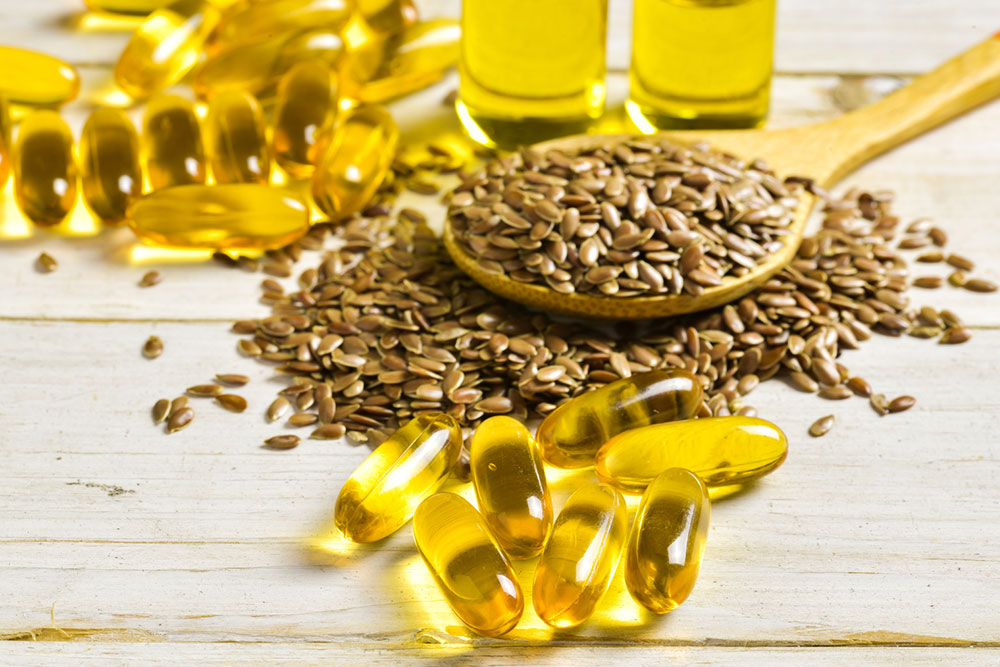Comprehensive Guide to Gout Management Through Diet: Foods to Consume and Avoid
This comprehensive guide explores effective dietary strategies for managing gout, emphasizing foods to avoid and incorporate into your diet. By controlling purine intake, including anti-inflammatory foods, and adopting healthy lifestyle habits, sufferers can reduce flare-ups and improve joint health. Key tips include limiting organ meats, seafood, sugary snacks, and alcohol while increasing intake of low-fat dairy, cherries, and magnesium-rich foods. Consistency in following these dietary adjustments, alongside weight management and hydration, can significantly alleviate gout symptoms. This article provides practical advice for long-term gout control through nutrition and lifestyle changes.

Effective Dietary Strategies for Managing Gout and Reducing Flare-Ups
Gout is a prevalent form of arthritis characterized by sudden and severe pain, swelling, redness, and tenderness in the joints, most notably in the big toe. The underlying cause of gout lies in the accumulation of uric acid in the bloodstream, which leads to the formation of sharp urate crystals within joint tissues. These crystals trigger intense inflammatory responses, resulting in the painful symptoms commonly associated with gout. Understanding how to manage this condition through appropriate dietary choices is essential for reducing attacks, alleviating pain, and improving overall quality of life.
While gout can affect anyone, men tend to be more prone to developing the condition, especially with increasing age. Several lifestyle and dietary factors contribute to the risk, including obesity, excessive alcohol intake, and diets high in purines. Purines are natural substances found in many foods, and their breakdown in the body produces uric acid. When purine levels are elevated beyond what the body can eliminate efficiently, it leads to hyperuricemia, the abnormal increase of uric acid in the blood, which is the primary culprit behind gout.
Fortunately, a tailored diet focusing on reducing purine intake and promoting anti-inflammatory foods can significantly diminish gout symptoms. Such dietary adjustments not only help manage current gout attacks but also serve as a preventive measure against future episodes. Emphasizing the importance of dietary control, this guide outlines the foods to limit or avoid and highlights those that can help suppress uric acid levels and reduce joint inflammation.
Managing purine levels is pivotal in gout control. High-purine foods such as organ meats—including liver, kidneys, and sweetbreads—are notorious for significantly elevating uric acid concentrations. Seafood like sardines, anchovies, mackerel, and shellfish are also rich in purines and should be consumed sparingly. It’s equally important to be cautious with certain plant-based foods, as they contain moderate purine levels; these include tomatoes, peas, cauliflower, mushrooms, and spinach, which should be eaten in moderation, especially during acute gout flares.
Similarly, beverages that stimulate purine production or impair uric acid elimination pose a risk. Tea, alcohol—particularly beer—and sugary drinks like soda can contribute substantially to hyperuricemia. Foods rich in refined carbohydrates and simple sugars, such as chocolates, certain cereals, oats, and whole grains, may also influence uric acid levels. To counterbalance these, focus on incorporating foods rich in low-fat proteins, antioxidants, and anti-inflammatory compounds into your diet.
Suggested dietary staples include low-fat dairy products like plain yogurt and cheese, which have been shown to promote uric acid reduction and decrease inflammation. Cherries, especially black cherries and cherry extracts, have gained attention for their potential to lower gout attack frequency—studies indicate a reduction of up to 35%—making them a valuable addition to the gout-friendly meal plan. Additionally, foods high in magnesium, such as nuts, seeds, and leafy greens, support the natural reduction of uric acid and may help prevent attacks.
In combination with dietary modifications, maintaining a healthy weight is essential for effective gout management. Excess weight increases uric acid production and hampers renal clearance, worsening symptoms. Regular exercise and hydration are also crucial; drinking plenty of water helps dilute uric acid and promotes its excretion through urine. Lifestyle habits, such as avoiding excessive drinking and maintaining consistent eating patterns, further support long-term health and reduce the likelihood of recurring gout flares.
Patience and consistency are key to observing meaningful results. Changes in diet and lifestyle might take a few weeks to show noticeable improvements in symptoms. Nonetheless, adopting a comprehensive approach that combines dietary vigilance with physical activity and weight management offers the best chances for controlling gout effectively. Start implementing these dietary strategies today to experience relief from joint pain, swelling, and inflammation associated with gout, while also reducing the risk of future episodes.





